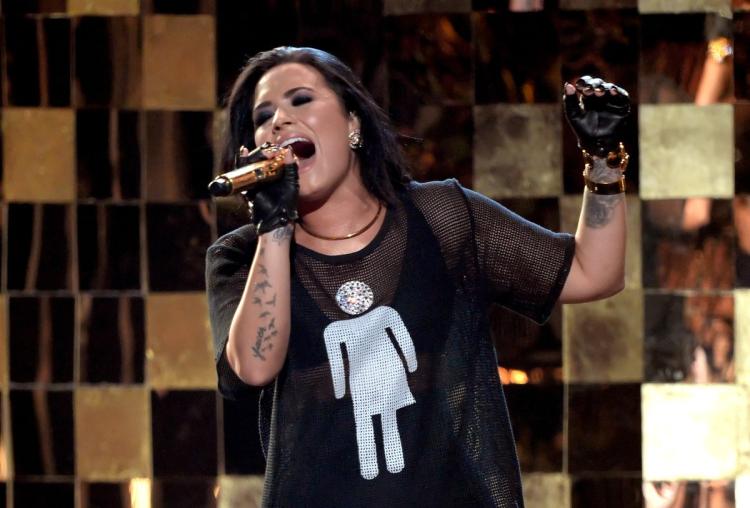The trailer to HBO’s upcoming documentary ‘Suited’ was released this past week, giving a sneak peak into the fashion-focused documentary, which is one of the newest ways fashion has been used as a political statement regarding the transgendered community.
The documentary, produced by actor, writer and director, Lena Dunham, is set to debut on June 20th, after having been released at the Sundance Film Festival in January, to largely positive reviews. Focusing on Brooklyn tailoring company Bindle & Keep, the film serves to highlight the issues of the transgendered community when it comes to fashion.
The film follows several of the company’s transgendered clients; from their first meeting discussing what look they want to achieve and the struggles they’ve experienced to the final product.
The documentary shows the struggles of those in the transgendered community encounter in their everyday lives, struggling to find clothes which suit them and feeling even more like outcasts when all they want is to fit in.
The company’s tailors can be heard explaining in the trailer:
“No one contacts us and says, ‘I want a fitting.’ They usually say, ‘This is my story. For a lot of people with all kinds of bodies and identities, clothes can make or break every day of their life.”
These simple statements already serve well to highlight that as the definition of gender expands and shifts to include all kinds of individuals, the face of fashion itself needs to change. It needs to evolve in order to accommodate these minorities who don’t have the same variety of options for clothing, as almost everybody else does.
Now this this isn’t the first time fashion has been used to highlight the struggles of transgendered men and women, who use it as an outlet and form of expression.
For instance, many fashion labels have begun including transgendered models in their campaigns and shows, a move which first began all the way back in 2010, when Riccardo Tisci cast Lea T in Givenchy’s fall campaign. While many were initially against the move, it was one that forced everyone to take notice and realise there was an untapped market in the fashion industry that needed to be addressed.

Fast-forward to 2016 and transgendered models may still not be a complete norm in the fashion world yet, but they are featured more than ever before. A new show, ‘Strut’, which will be produced by Whoopi Goldberg has even been greenlit to focus on the transgendered models that are trying to break down these barriers in the fashion industry.
Furthermore, global superstar Demi Lovato recently used fashion as a platform to make her own political statement regarding the transgendered community when she wore a sheer shirt with the gender-neutral symbol adorned in its centre at this years Billboard Music Awards. While Lovato’s choice of clothing may be considered as one, small statement it is actually much bigger than that.The shirt will now be available as part of her tour merchandise, with the proceeds going towards various LGBT organisations.

Each of these examples, while different, highlight exactly how fashion can serve a greater purpose. It becomes more than just a summer trend or outfit of the day, which many write it off to be. It’s a form of expression, it can help you stand out from the crowd or blend in when you feel like you don’t belong, and it can unite us all for a common cause.







